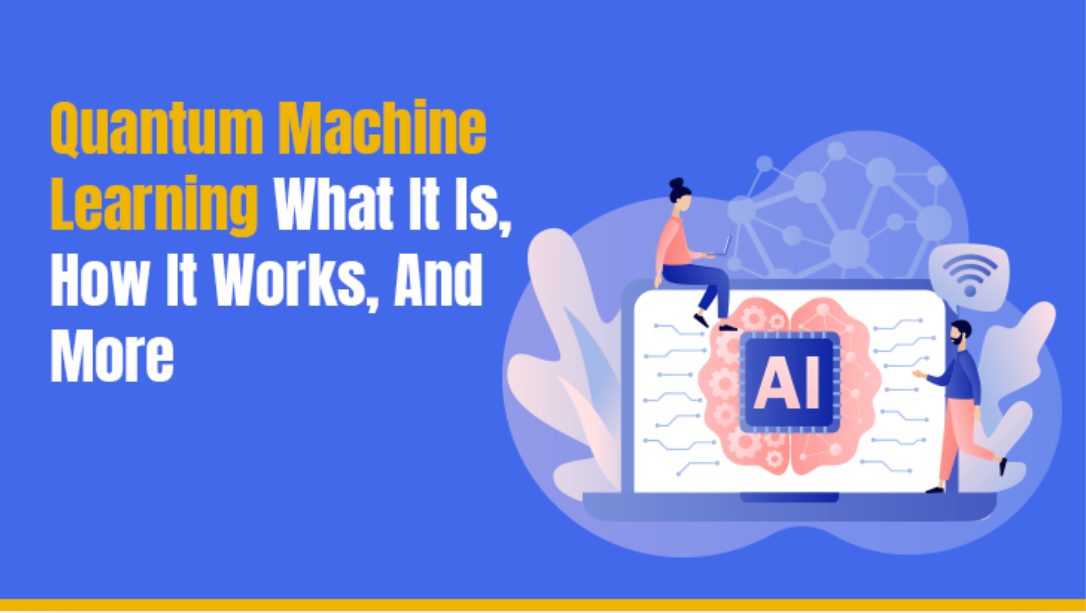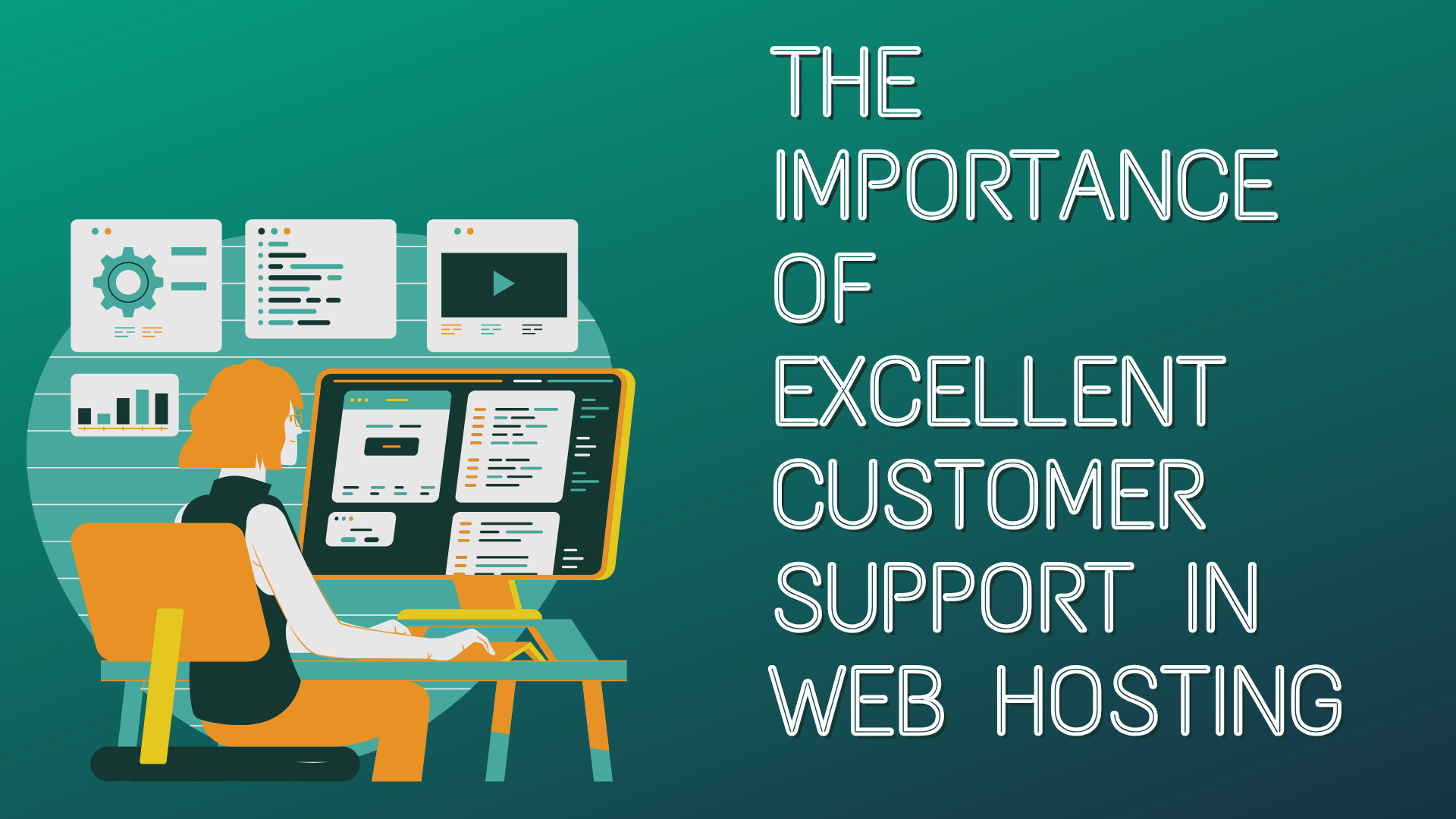Quantum Machine Learning (QML) is an emerging field that combines the power of quantum computing and machine learning to revolutionize data processing and problem-solving. As quantum computing evolves, QML has the potential to tackle problems that classical computers find intractable. From speeding up complex computations to optimizing algorithms, QML is set to redefine the landscape of artificial intelligence and computational science.
In this blog, we’ll explore what Quantum Machine Learning is, how it works, its applications, and its potential impact on technology.
What Is Quantum Machine Learning?
Quantum Machine Learning (QML) is the integration of quantum computing principles into machine learning processes. It leverages the unique properties of quantum mechanics—like superposition, entanglement, and interference—to perform computations that are impractical for classical computers.
Key Concepts in QML
1. Quantum Computing: Uses quantum bits (qubits) instead of classical bits to represent information, enabling computations in multiple states simultaneously.
2. Machine Learning: Involves algorithms that allow systems to learn from and make predictions based on data.
3. QML Algorithms: Algorithms that use quantum principles to enhance or accelerate traditional machine learning tasks, such as classification, regression, and clustering.
Why QML?
* Solves problems faster by exploiting quantum parallelism.
* Handles high-dimensional data more efficiently.
* Optimizes complex computations in areas like finance, healthcare, and cryptography.
How Does Quantum Machine Learning Work?
QML relies on both quantum computing hardware and adapted machine learning algorithms to achieve its objectives. Here’s an overview of the process:
1. Encoding Data into Quantum States
In QML, classical data is transformed into quantum states. This step is crucial because quantum computers operate on qubits rather than binary bits. Techniques like amplitude encoding or quantum feature maps are commonly used.
2. Leveraging Quantum Properties
Once data is encoded, QML algorithms utilize quantum properties like:
* Superposition: Allows qubits to exist in multiple states simultaneously, enabling parallel computations.
* Entanglement: Links qubits such that the state of one affects the state of another, boosting computational efficiency.
* Interference: Enhances the probability of correct solutions while minimizing errors.
3. Applying Quantum Algorithms
Quantum machine learning uses algorithms like:
* Quantum Support Vector Machines (QSVMs) for classification tasks.
* Quantum Neural Networks (QNNs) to model complex data patterns.
* Quantum Principal Component Analysis (QPCA) to reduce dimensionality in large datasets.
4. Measuring Results
After computation, quantum states are measured to extract meaningful results. This step translates quantum outputs back into classical data for interpretation and application.
Applications of Quantum Machine Learning
Quantum Machine Learning has the potential to disrupt various industries by offering unprecedented computational capabilities. Here are some notable applications:
1. Healthcare and Drug Discovery
* Analyzing genetic data for personalized medicine.
* Accelerating the discovery of new drugs by simulating molecular interactions.
2. Financial Modeling
* Optimizing investment portfolios.
* Predicting market trends with high precision.
3. Natural Language Processing (NLP)
* Improving machine translation and text analysis by processing massive datasets efficiently.
4. Cybersecurity
* Enhancing encryption algorithms and detecting security breaches faster.
5. Climate Modeling
* Simulating complex climate patterns to predict and mitigate environmental changes.
6. Autonomous Systems
* Optimizing decision-making in autonomous vehicles and robotics.
Advantages of Quantum Machine Learning
1. Speed and Efficiency
Quantum computers can process vast amounts of data simultaneously, significantly reducing the time required for training machine learning models.
2. Handling Complex Data
QML is well-suited for high-dimensional and intricate datasets that classical algorithms struggle with.
3. Enhanced Optimization
Quantum algorithms can find optimal solutions to problems faster than classical methods, especially in optimization-heavy tasks.
Challenges in Quantum Machine Learning
While QML holds immense promise, it faces several challenges:
1. Limited Quantum Hardware
Quantum computers are still in their infancy, with limited qubits and error correction capabilities.
2. Data Encoding
Encoding classical data into quantum states is computationally intensive and requires efficient techniques.
3. Lack of Standardized Algorithms
QML is an emerging field, and many algorithms are still in development or theoretical stages.
4. Noise and Errors
Quantum systems are prone to noise and errors, which can impact the reliability of results.
The Future of Quantum Machine Learning
As quantum computing technology advances, QML is expected to unlock new possibilities in machine learning and AI. Some key developments to watch for include:
1. Scalable Quantum Systems
Efforts are underway to build quantum computers with more qubits and robust error correction, enabling large-scale QML applications.
2. Hybrid Models
Combining quantum and classical computing to leverage the strengths of both systems for enhanced machine learning capabilities.
3. Industry Adoption
Sectors like finance, healthcare, and logistics are likely to be early adopters of QML for solving complex problems.
How to Get Started with Quantum Machine Learning
1. Learn Quantum Computing Basics
Understand the principles of quantum mechanics and how quantum computers work.
2. Gain Proficiency in Machine Learning
A solid foundation in traditional machine learning algorithms and techniques is essential.
3. Explore Quantum Programming Languages
Familiarize yourself with languages like:
Qiskit: IBM’s quantum programming framework.
Cirq: Google’s open-source quantum programming library.
PennyLane: For hybrid quantum-classical machine learning.
4. Experiment with Quantum Simulators
Start with quantum simulators to practice QML algorithms before accessing actual quantum hardware.
Conclusion
Quantum Machine Learning is an exciting frontier in technology, promising to solve problems that were once thought unsolvable. By harnessing the power of quantum computing, QML has the potential to redefine industries and pave the way for groundbreaking innovations.
Although still in its early stages, QML is a field worth exploring for anyone passionate about the intersection of quantum computing and AI. As technology progresses, we can expect QML to play a pivotal role in shaping the future of machine learning.
Stay curious, and embrace the quantum leap in technology!

















Post Comments